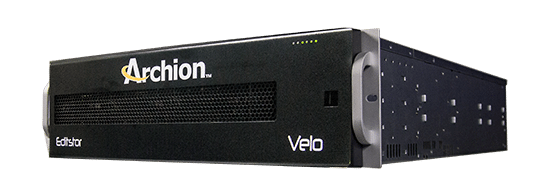
Administrators of large enterprise networks or production companies may require many terabytes of file storage or high-speed file transfers, which is why they commonly turn to NAS (Network Attached Storage) or SAN (Storage Area Network) devices. They may seem identical, however, there are significant differences that can greatly affect the way your data is utilized.
Both network attached storage devices and SANs provide networked storage solutions, but the primary difference is the type of access protocol. A NAS is a single storage device that operates on data files, while a SAN is a local network of multiple devices that operate on disk blocks.
Users should keep in mind that almost any NAS device that can connect to the LAN (or is interconnected to the LAN through a WAN) can use NFS, CIFS or HTTP protocol to connect to a NAS and share files. However, only server class devices with SCSI Fibre Channel can connect to the SAN.
NAS also utilizes well-established network protocols like NFS (Network File System) and CiFS (The Common Internet File System) that provide shared file level access to storage resources. Meanwhile, a SAN commonly utilizes protocols such as iSCSI (Internet Small Computer System Interface) or Fibre Channel, which block level access to storage resources.
For quality network attached storage devices, browse our Products section at Archion.com.